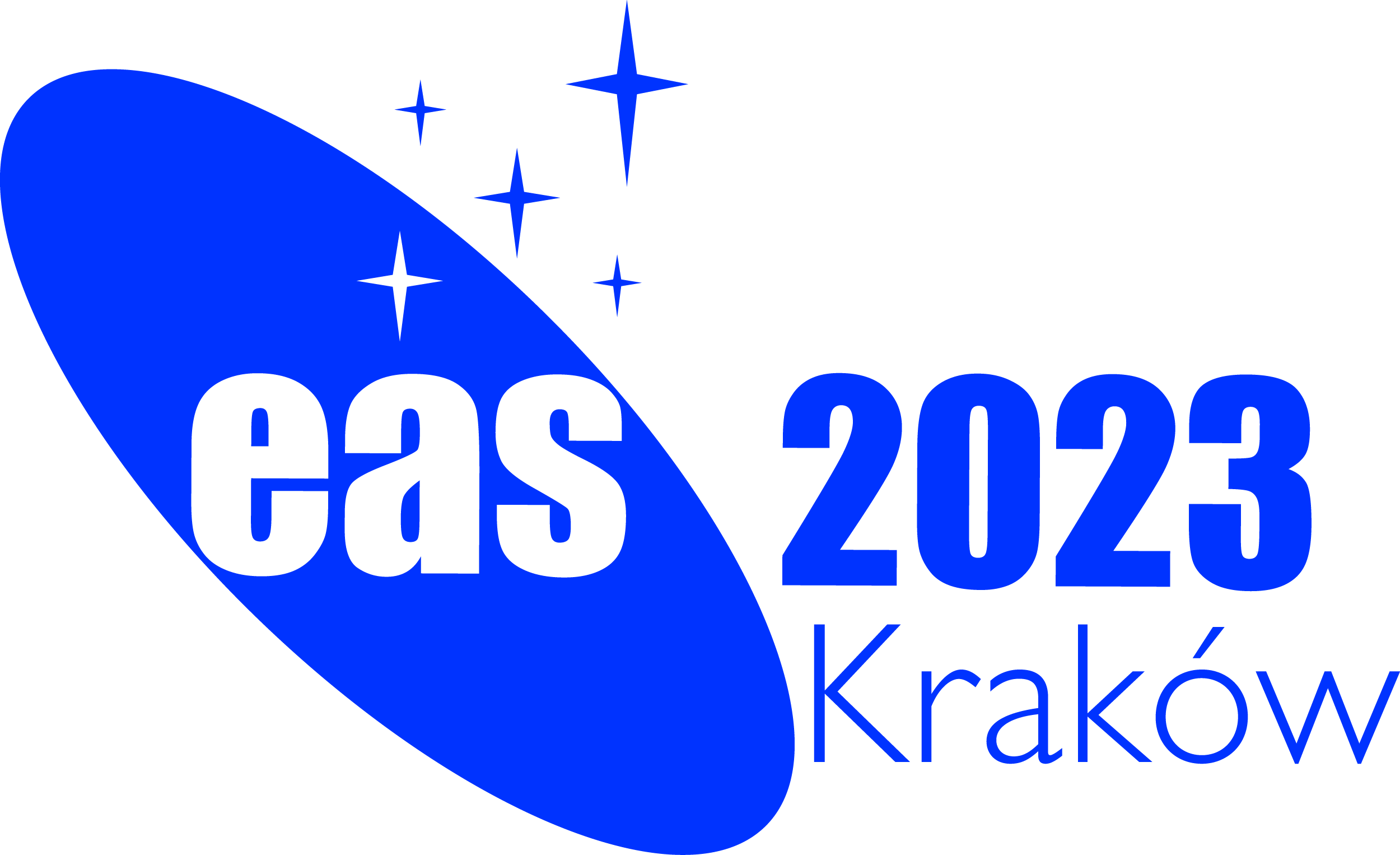Special Session SS14
13 July 2023
Relativistic Magnetospheres

Aims and scope
In many astrophysical settings - from neutron stars, to pulsar wind nebulae, to magnetospheres and jets of active galactic nuclei (AGNs), gamma-ray bursts (GRBs) and X-ray binaries (XRBs) - magnetic fields can be the dominant component of astrophysical plasmas, so that the magnetic energy density might exceed even the rest-mass energy density of matter. In this astrophysically specific relativistic regime the magnetic field controls the overall plasma evolution, dissipation, and acceleration of non-thermal particles. This plasma regime is dramatically different from laboratory plasmas, the magnetospheres of planets, and the interplanetary plasma, and thus requires a targeted, systematic study.
A major paradigm shift in high-energy astrophysics occurred with the observations by the Fermi and AGILE satellites of the Crab Nebula flares. Properties of these flares demand that particle acceleration should proceed extremely fast (with accelerating electric field of the order of the magnetic field) and on macroscopic scales. The Crab Nebula flares are now taken as a prototypical example; since then the relativistic reconnection models have been applied to processes occurring in magnetospheres of black holes, and in the (sub-)parsec-scale magnetized jets.
Processes occurring in the Relativistic Magnetospheres are bound to be important for the actively developing field of Fast Radio Bursts (FRBs). The observed association with magnetars (ultra magnetized neutron stars) clearly establishes the relativistic magnetic connection.
Observations of relativistic jets in active galaxies approach ever closer scales towards their supermassive black holes, culminating in the recent breakthrough of resolved photon rings of M87 and Sgr A* achieved by the Event Horizon Telescope. These black holes are also surrounded by relativistic magnetospheres, in which dissipation and particle acceleration are being vigorously studied thanks to rapidly advancing numerical capabilities.
This Special Session aims to bring scientists studying the microphysics of cosmic plasmas in a parameter regime unique to astrophysics. We expect to discuss the relativistic magnetic explosions/instabilities occurring in the magnetospheres of compact objects, and in their near surroundings (winds and jets). Particle acceleration in magnetic reconnection events will be one of the central topics.
Programme
This special session shall consist of three 1.5-hour blocks.
- Block 1. Magnetospheres of black holes;
active galactic nuclei (AGNs), gamma-ray bursts (GRBs).
- Block 2. Magnetospheres of magnetars;
fast radio bursts (FRBs).
- Block 3. Magnetospheres of pulsars;
pulsar wind nebulae (PWNs), PeVatrons.
Invited speakers
- (Block 1)
Noémie Globus
(UC Santa Cruz, USA)
- (Block 2)
Zorawar Wadiasingh
(U. Maryland, USA)
- (Block 3)
Benoît Cerutti
(U. Grenoble Alpes, France)
Scientific organisers
- Elena Amato (INAF, Italy)
- Alice Harding (LANL, USA)
- Agnieszka Janiuk (CFT PAN, Poland; co-Chair)
- Maxim Lyutikov (Purdue U., USA)
- George Melikidze (UZg, Poland)
- Krzysztof Nalewajko (CAMK PAN, Poland; Chair)
- Jacek Niemiec (IFJ PAN, Poland)
- Maria Petropoulou (U. Athens, Greece)
- Lukasz Stawarz (UJ, Poland)
- Andrey Timokhin (UZg, Poland)
Contact
Krzysztof Nalewajko: knalew @ camk.edu.pl
Updated on Sat Feb 04 14:25:08 CET 2023
|

 A power cut will shut down all EAS services on Tuesday, 10 January 2017 starting at 7:30 CET.
A power cut will shut down all EAS services on Tuesday, 10 January 2017 starting at 7:30 CET.


